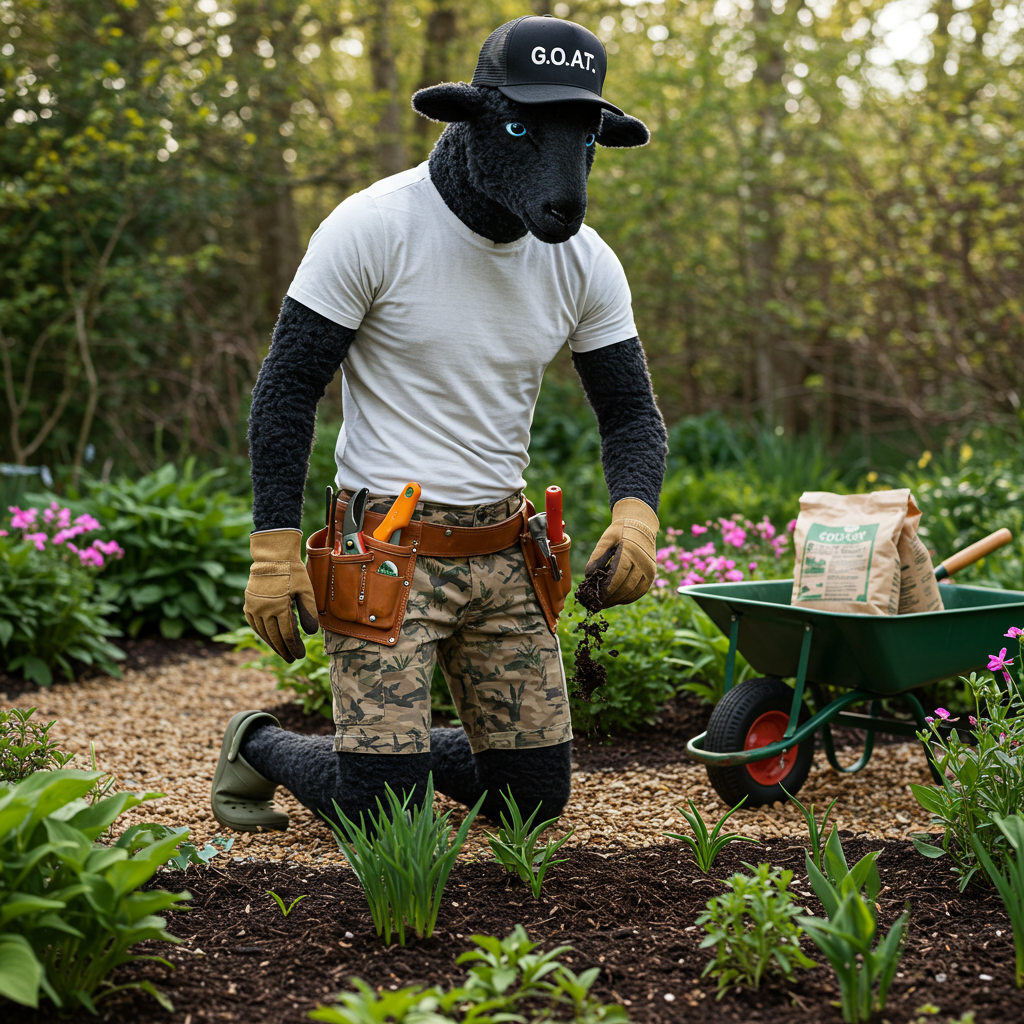Should I Fertilize My Perennials in Spring?

Let’s start with a confession: many of us (myself included) have stood in the garden centre aisle, staring at shelves of fertilizers with a cart full of hope and a head full of questions. One of the biggest? “Do I really need to fertilize my perennials in spring?”
Short answer? Maybe.
Long answer? Let’s break it down together.
💬 Myth #1: All perennials need fertilizer in spring.
Truth: Not quite. Many established perennials are surprisingly low-maintenance and can thrive without a spring feeding—especially if your soil is already healthy and you’ve been topping up with compost or mulch.
Think of perennials like longtime friends: some need regular check-ins (hostas, we see you), while others are just fine with a once-a-year postcard.
What to do instead: Start with a soil test if you're unsure. And remember, adding organic matter—like compost or well-rotted manure—often does more for long-term health than a quick fertilizer fix.
💬 Myth #2: The more fertilizer, the better the blooms.
Truth: This one’s a heartbreaker, because over-fertilizing is very real—and your plants will let you know. Too much nitrogen, for instance, can lead to lush green leaves but few flowers. (Great if you're growing a jungle. Less great if you're waiting on peonies.)
Your spring game plan:
-
Use a balanced, slow-release fertilizer (like 10-10-10) only if your perennials are showing signs of hunger—poor growth, pale foliage, or lacklustre blooms.
-
Apply sparingly and early in the season, just as new growth emerges.
-
Don’t fertilize late in the season—it encourages tender growth that can be damaged by frost.
💬 FAQ: Which perennials actually benefit from spring fertilizing?
Great question! Here are a few divas who appreciate a light spring meal:
-
Daylilies & hostas: Heavy feeders who love a little boost.
-
Peonies: Benefit from a balanced feed right as growth starts.
-
Delphiniums, phlox, and other repeat bloomers: They put in extra work and appreciate the support.
On the flip side, native perennials and drought-tolerant species (like echinacea and rudbeckia) often do better with minimal intervention. They're built to thrive in leaner conditions.
💬 FAQ: What if I’m using compost—do I still need fertilizer?
If you're generously layering compost in your beds each spring, you might be off the hook. Compost not only feeds the soil, but also improves structure and encourages healthy root systems—your perennials will thank you with gratitude and blooms.
💬 Final Thought: Listen to Your Garden
Fertilizing is like seasoning soup—too little and something’s missing, too much and you’re overwhelmed. The sweet spot? Start small, observe, and adjust.
Your perennials won’t send you a thank-you card, but they will reward you with healthy foliage, strong roots, and blooms that sing.
And really, isn’t that why we garden in the first place?

